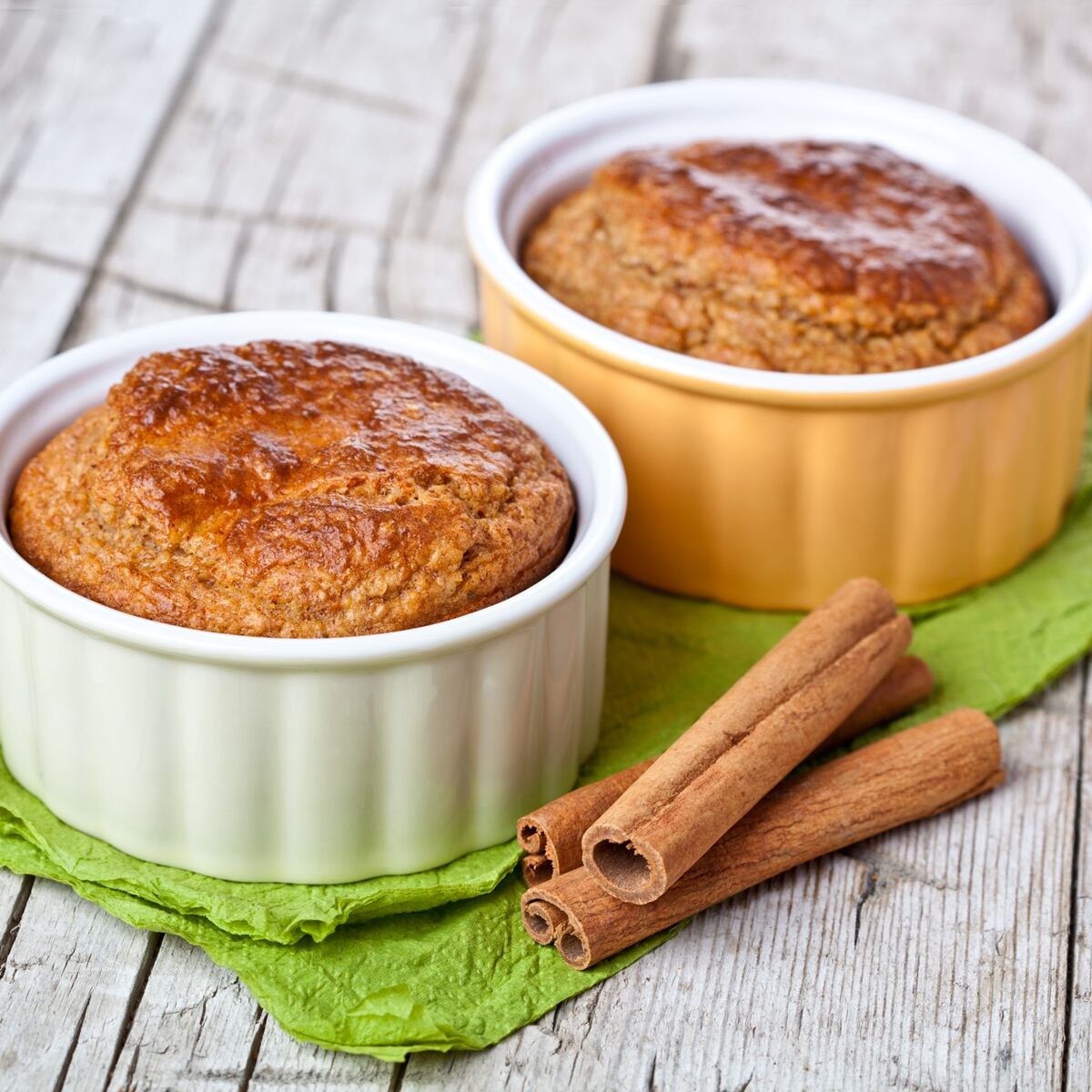
We all love the crispy goodness of air-fried food, but figuring out what containers are air fryer safe can sometimes feel like navigating a minefield of melting plastic and shattering glass. But let me tell you, with a bit of know-how, you'll be air-frying with the correct containers in no time.
From crispy fries to delicious desserts, I’ll share what you need to know to confidently choose the right containers for your air fryer endeavors.
So, whether you're an air-frying geek or just starting, let's explore air fryer-safe containers. After reading this, you'll be a master of knowing which containers you can use in your air fryer.
Jump to:
Why Using the Right Containers Matters in Your Air Fryer
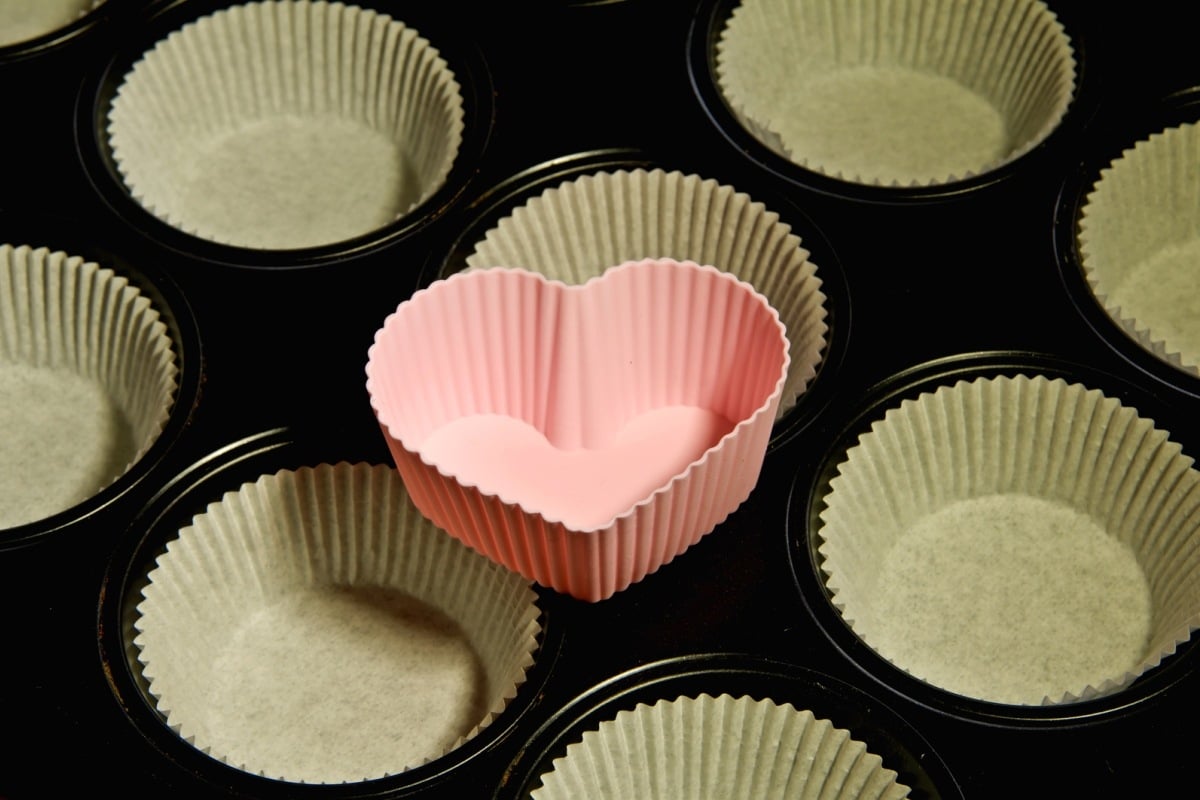
Imagine this: you’re craving some air-fried chicken wings. You season them to perfection, pop them in the air fryer, and anticipate those crispy, golden-brown wings. But disaster strikes.
You open the air fryer to find melted plastic clinging to your wings, releasing harmful chemicals, and filling your kitchen with a pungent plastic odor. A nightmare, right?
This unfortunate scenario underscores why choosing the right food containers is crucial for safe and effective air frying. Not only does using the wrong container ruin your meal, but it also poses a health risk, as it can catch fire or release harmful chemicals. Always prioritize safe materials over convenience.
Decoding Air Fryer Temperatures: Understanding the Heat
Air fryers are engineered for high heat. These kitchen superheroes use rapidly circulating hot air, reaching up to 400 degrees Fahrenheit (200 degrees Celcius), sometimes even higher. This is how they give us those amazing crispy textures we all crave without deep frying.
Now, imagine exposing materials not designed for such intense heat to these temperatures. You guessed it—melting, warping, or even worse. So, sticking to those containers meant for oven use with those reassuring "oven-safe" labels, is your golden ticket to stress-free air frying.
Check this out: Air Fryer Hacks: Genius Ways to Use Your Air Fryer
The Definitive Guide to Which Containers Are Air Fryer Safe

Let’s get specific. If you’re standing in your kitchen wondering, “Can I use THIS in my air fryer?”—this section of cooking materials is your new best friend!
Metals: The Reliable Workhorse of Air Fryer Cooking
Metal, especially stainless steel, is a top contender for air fryer cooking. Excellent heat conductor, durable, and readily available? Check, check, and check!
- Stainless Steel: The shining star. Durable, resistant to high temperatures, and easy to clean. Plus, stainless steel doesn’t react with acidic foods like aluminum. Think stainless steel pots and pans—they make fantastic additions to your air fryer arsenal.
- Aluminum: While great for conducting heat, exercise caution. Aluminum can react with acidic ingredients (tomatoes, citrus), altering the taste and potentially damaging the pan. However, a layer of parchment paper can be your trusty sidekick if you must use aluminum.
- Cast Iron: Another excellent option. Just like you would preheat a cast iron skillet on the stovetop, ensure it heats up gradually in the air fryer to prevent thermal shock (sudden temperature changes). But be careful—cast iron gets super hot and retains heat like a champ, so remember to use oven mitts.
See some tips here: Silicone vs Parchment Paper for Air Fryer: Best Choice?
Glass: Your See-Through Solution for Air Fryer Success
Who doesn’t love seeing their food cook to perfection? That's where glass containers, especially those crafted from tempered glass or boasting a glass-ceramic composition, swoop in. But, as with any superhero, there are rules:
- Tempered Glass: Toughened to withstand heat, this glass is often labeled "oven-safe" to seal the deal. Perfect for those casseroles you’re dying to try in the air fryer.
- Glass Ceramic (Like PYREX): Built for extreme temperatures, it’s a pro at handling quick temperature switches (no cracking here.). However, as with cast iron, preheating is key.
- Soda-Lime Glass: You might have these lurking in your cabinets already. Though budget-friendly, they're the most delicate and prone to breaking with temperature changes. If using soda-lime, err on the side of caution and avoid sudden temperature swings (like preheating a cold container at a very high temperature). Opt for lower temperatures to play it safe.
Silicone: The Flexible Friend for All Your Air Frying Needs
Silicone has taken the baking world by storm, and guess what? It's also made its grand entrance into air frying. Just be sure your silicone companions are certified food-grade and marked "oven-safe" up to the temperatures your air fryer reaches.
From muffin tins and cake molds to those ever-so-handy air fryer liners, silicone can handle it. But be mindful of thinner silicone; they can be flimsy, making it difficult to remove food. Look for sturdier options. Silicone—it's the friend who's always up for an air fryer task.
Ceramic: The Stylish and Safe Option (With a Few Considerations)
Ceramic is the fashionista of the air fryer world—stylish, sleek, and heat-resistant. Ceramic ramekins are a great option for air frying due to their ability to withstand high temperatures.
While perfectly safe, remember that ceramic, like its cast-iron cousin, loves to retain heat (making preheating essential and those oven mitts non-negotiable). Ceramic also tends to be a bit more delicate than its metal counterparts.
Parchment Paper and Aluminum Foil: A Helping Hand in Your Air Fryer
While not containers, these trusty kitchen staples can make air frying a fun task and make cleaning a breeze. Aluminum foil can be used for certain foods in the air fryer, but it's important to follow safety guidelines. But remember:
- Avoid using these materials directly beneath your food in the air fryer basket. Direct contact with the heating element could spell disaster (think fires.).
- If your aluminum foil feels thinner than your patience on a Monday morning—ditch it. It might not hold up to the powerful air circulation and end up wreaking havoc on your food and air fryer. Stick to sturdy, heavy-duty foil.
- When using parchment paper, choose one that’s perforated (those tiny holes are crucial for air circulation) to avoid hindering your air fryer’s performance.
Also Read: Where to Place Air Fryer in Kitchen: Do's And Dont's
What NOT to Put in Your Air Fryer: Plastic Containers

Now that we've got a handle on which containers are air fryer safe, let's shine a light on the things you should avoid putting in your air fryer to prevent mishaps and health hazards:
| Material | Reason to Avoid | Potential Consequences |
| Plastic Containers | Low melting point, not designed for high heat. | Melting, warping, releasing toxic chemicals. Fire hazard, damage to your air fryer, health risks. |
| Paper Plates/Towels/Cardboard | Highly flammable, especially when exposed to grease and oil. | Fire hazard, damage to the air fryer, food contamination. |
| Regular Glass Containers | Prone to thermal shock (sudden temperature changes). | Cracking, shattering, potential injury |
| Non-Stick Cooking Sprays (Aerosol) | Many contain chemicals that can damage the non-stick coating. | Flaking coating, uneven cooking, health risks, shortened air fryer lifespan. |
The Verdict: Choose Wisely, Air Fry Safely
Stick with containers that are air fryer safe like metal, glass, silicone, or ceramic (bonus points for "oven-safe" labels.).
However, materials like plastic and paper are non-negotiable no-gos. They pose fire risks, can release harmful chemicals into your food, and, let's be real— nobody likes the taste of melted plastic with their dinner.
FAQ's
Yes, pans that are oven-safe can generally be used in an air fryer, providing versatility for cooking different types of food.
Air fryer-safe containers are suitable for cooking a wide range of foods, including vegetables, meats, and even baked goods.
No, paper containers are not safe for use in an air fryer due to their flammability when exposed to heat.
Conclusion
Ultimately, knowing which containers are air fryer safe ensures both a delicious AND safe cooking experience. Your food deserves a safe and reliable vessel to achieve that perfect crispness. By understanding these simple rules and choosing wisely, you're all set to enjoy a world of air-fried delights. So, happy air frying.






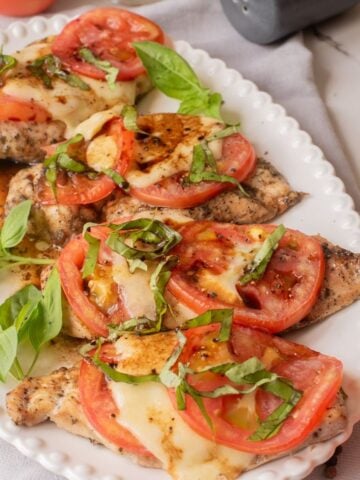
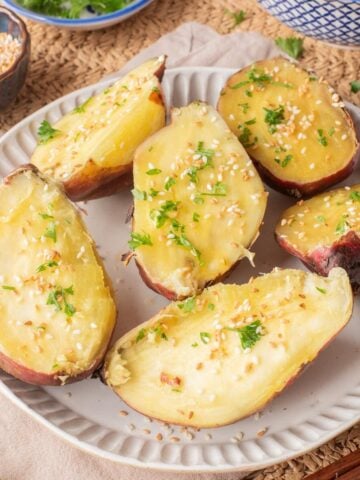

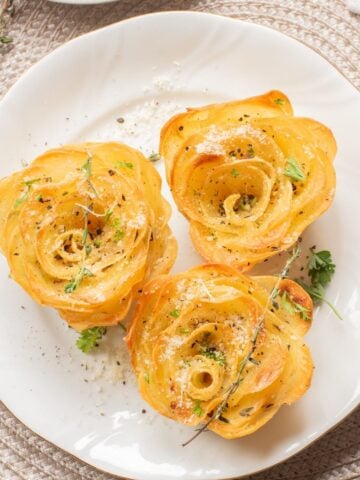
Leave a Reply